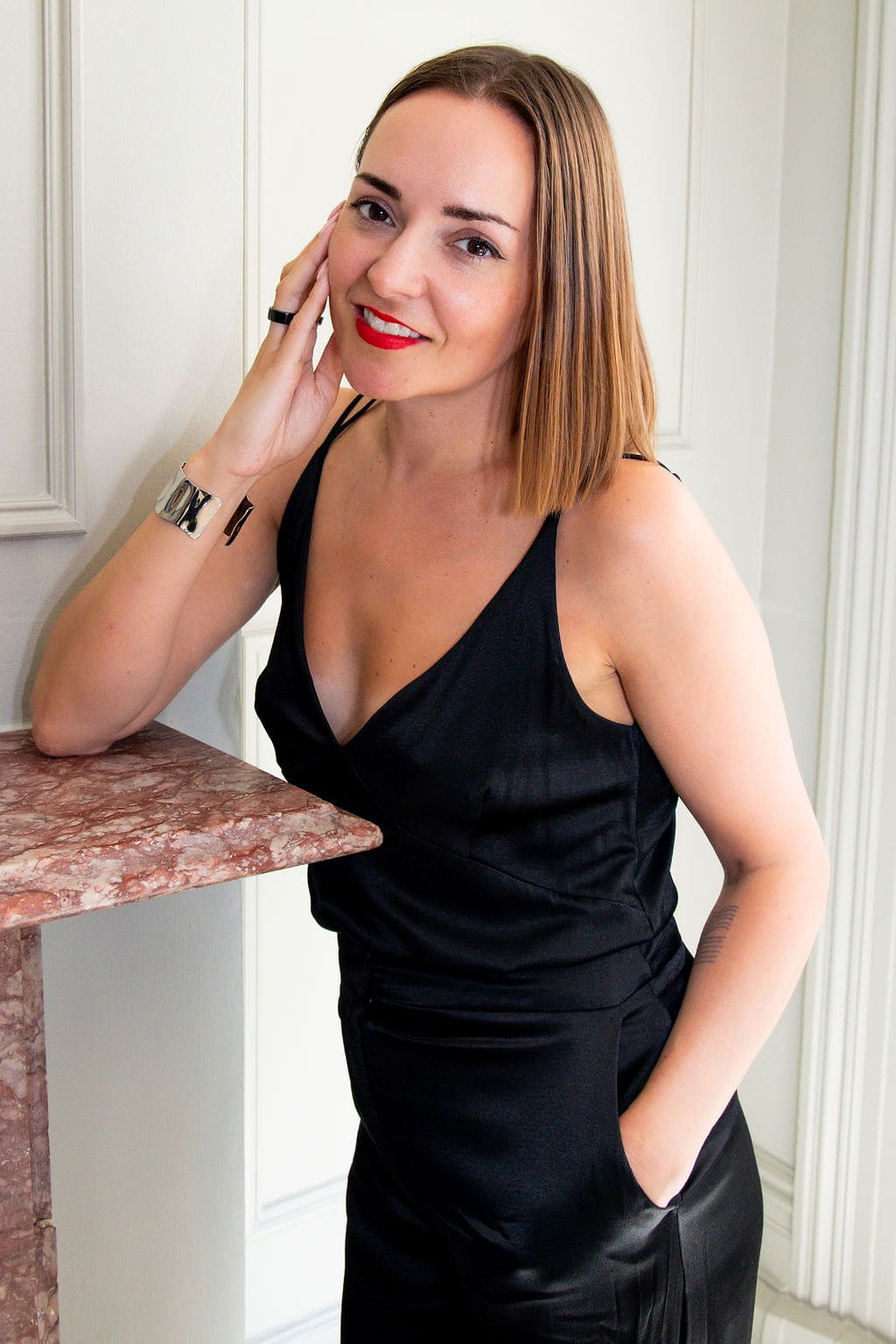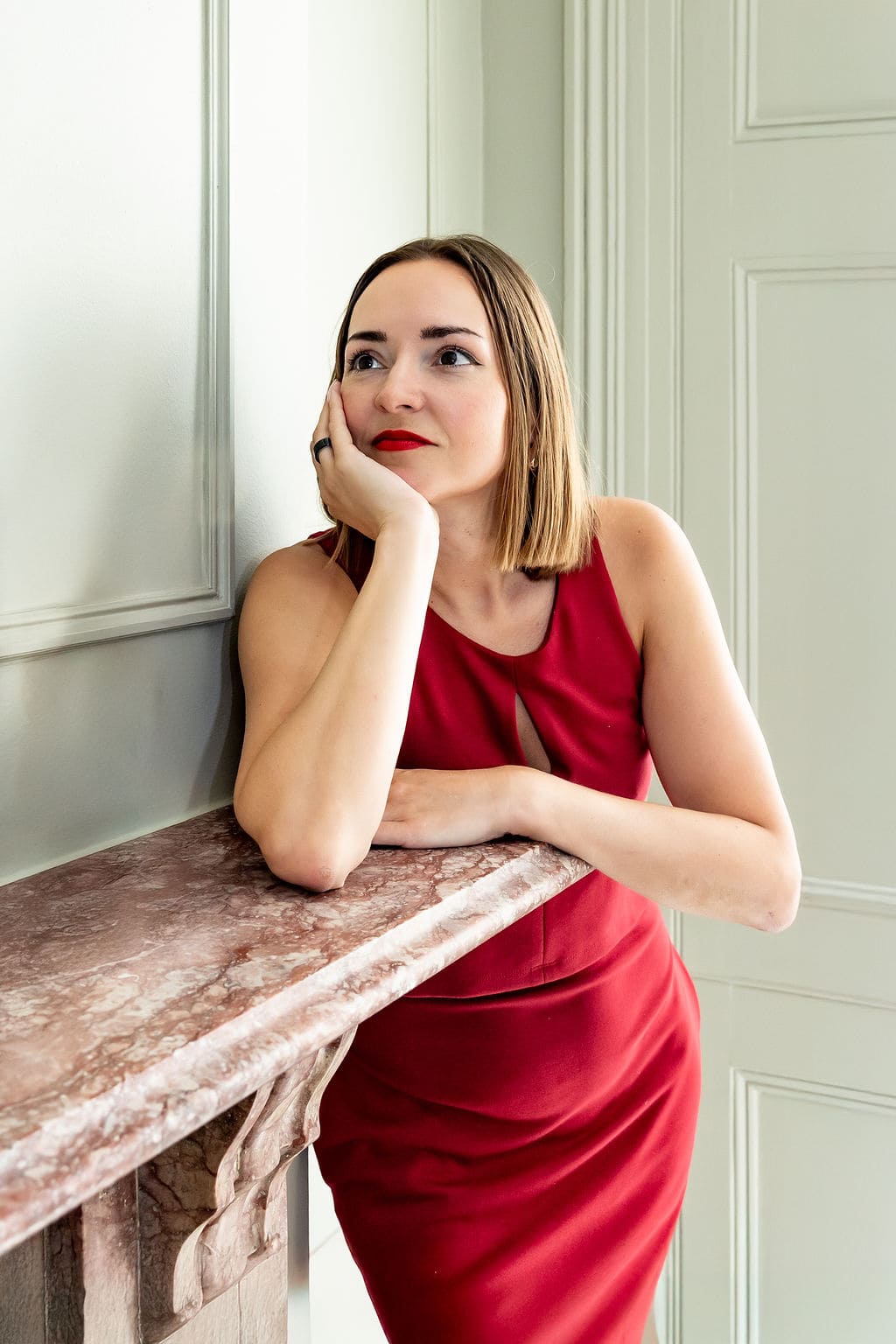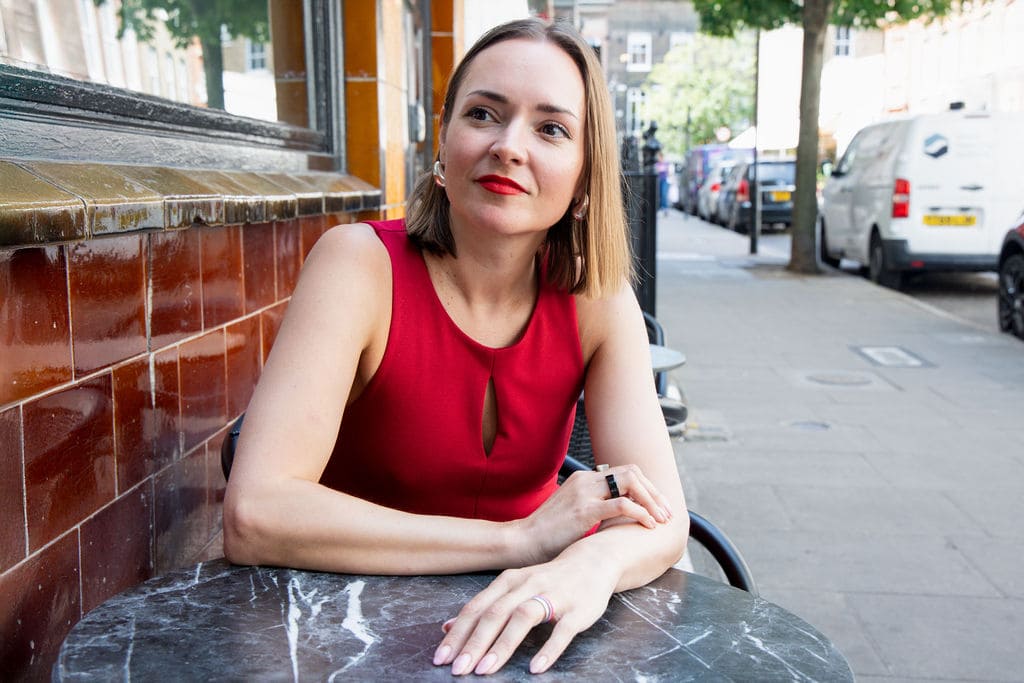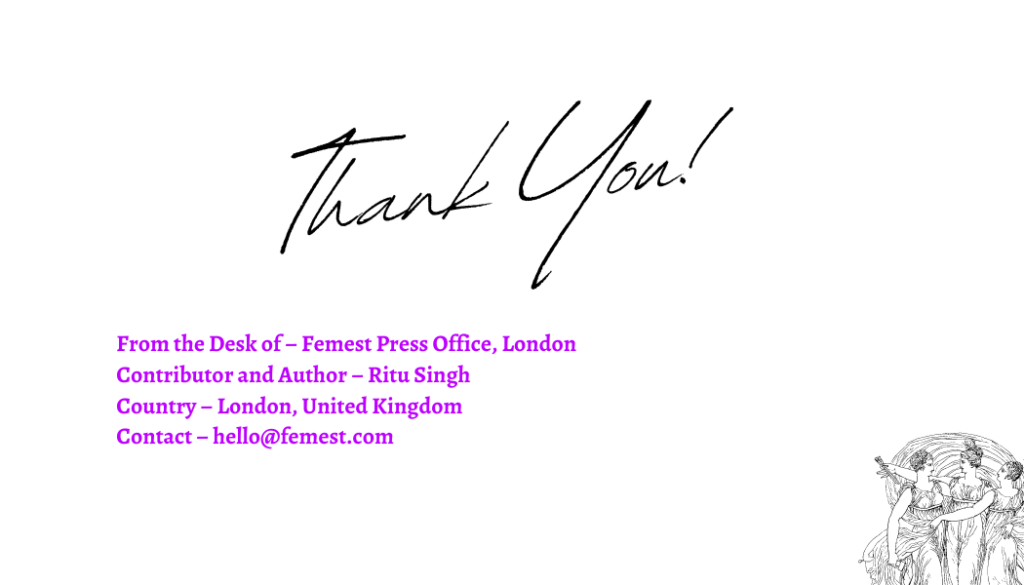Her chronic illness changed her path, but not her purpose. Now, she’s designing fashion that speaks to real bodies, real stories, and real lives.
When I first launched Unhidden, I wasn’t setting out to become an entrepreneur, advocate or even a designer showcasing during fashion week; I was simply trying to solve a problem I had seen time and again, a lack of clothing designed for people with disabilities or chronic conditions, utilising my experience in retail. Fashion, an industry meant to celebrate individuality and empower identity, was failing millions of people by ignoring their needs. I knew something had to change.
My journey into adaptive fashion began with my own health. I was in my 20s, building a career as a garment technologist in London, when I was diagnosed with a chronic illness.
I went from being a healthy, ambitious professional to someone navigating hospital corridors and invasive procedures.
It was a turbulent, lonely experience and having a near death incident definitely jolted my perspective on life but over time I have become grateful for the lessons and community it has brought me.
While in hospital, I met another patient who had multiple conditions and had to wear a stoma bag. She shared how hard it was to find clothing that allowed her to dress with dignity, comfort, and style. Her words stayed with me. I couldn’t stop thinking: why weren’t brands designing with people like her in mind?
Unhidden was born from that spark. I used my background in fashion production and tailoring to develop clothes that were stylish and functional trousers that open at the sides for people in wheelchairs, shirts with discreet access for feeding tubes or PICC lines, and soft, breathable fabrics that wouldn’t irritate sensitive skin.
Most importantly, I wanted to create designs that looked like fashion, not hospital wear. Because disability doesn’t mean invisibility and everyone deserves to feel seen.

One of the first major milestones came in 2020, when Unhidden officially launched. The world was in the throes of the pandemic, which only highlighted how far we had to go in terms of inclusivity.
Despite the odds, the response was incredible. I was overwhelmed by messages from disabled people who had never seen themselves reflected in fashion, and who were finally able to wear clothes that celebrated their bodies instead of disguising them. That feedback became my fuel.
Since then, there have been many pinch-me moments. Unhidden has featured in London Fashion Week twice, thanks to support from Kurt Geiger who gave me office space and their showroom for these runway events.
A significant step for adaptive fashion, which is so often left off the runway. I was humbled to be named one of the most influential disabled people in the UK on the Shaw Trust Disability Power 100 list and the Vogue 25 Powerhouse list. Each of these recognitions isn’t just a personal achievement, they’re markers that the industry is starting to pay attention.

But real change doesn’t happen in a vacuum, which is why I’m incredibly proud to be involved with the Lilac Review, the UK’s first review into disability inclusion in enterprise and business.
As a disabled founder myself, I know how many structural barriers exist, from inaccessible workspaces to funding gaps and outdated perceptions about capability.
The Lilac Review is about breaking down those barriers and showing policymakers and businesses alike that disabled people don’t just need inclusion — they bring innovation, insight, and leadership.
Adaptive fashion is just one thread in the wider narrative around disability. For too long, the fashion industry has portrayed disability through a lens of pity or invisibility, when it chooses to portray it at all. But disability isn’t a monolith. It intersects with ethnicity, gender, age, and class. It can be visible or invisible, temporary or permanent. And crucially, it can be a source of creativity.
I don’t design with the mindset that we’re “fixing” people. There is nothing broken about the people we design for. The problem lies in the systems (and the clothes) that were never built with them in mind.
As an advocate, I believe that representation must go hand-in-hand with accessibility. It’s not enough to put a disabled model on a runway if the clothes themselves aren’t wearable by people with disabilities. Likewise, brands need to include disabled people at every stage of the process — from design to marketing to leadership. Inclusion isn’t a checkbox; it’s a culture.

Looking ahead, my hope is that adaptive fashion becomes less of a niche and more of a norm. That we stop asking “why should we cater to disabled people?” and start asking, “why haven’t we, all along?” At Unhidden, we’ll continue pushing for change — not just in fashion, but in how society values disabled lives.
My journey has been shaped by adversity and it has been tough going so many times along the way.. but this community, it’s resilience, and an unshakable belief that everyone deserves to express themselves through fashion continue to motivate me.
Clothes are powerful. They can transform how we see ourselves and how the world sees us. And everyone, regardless of ability, deserves to feel that power.


